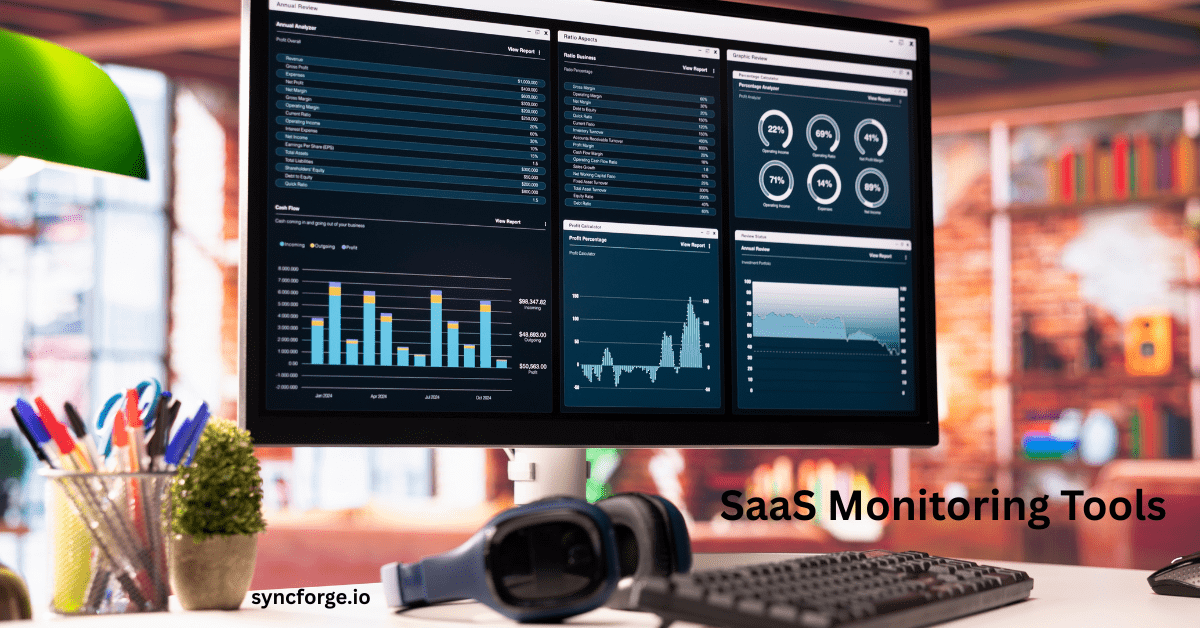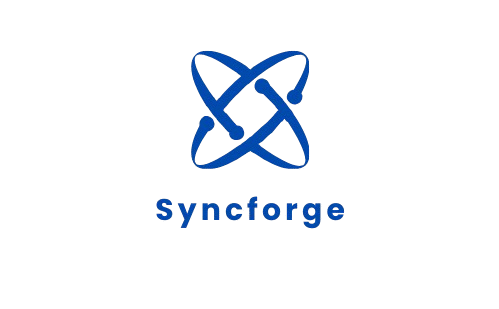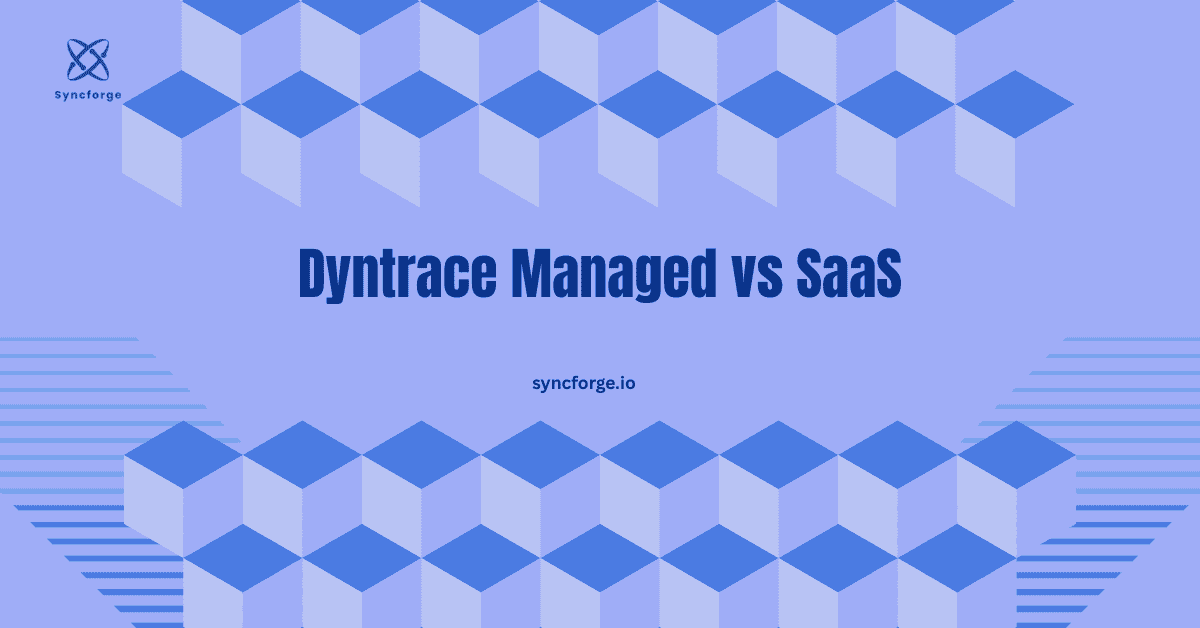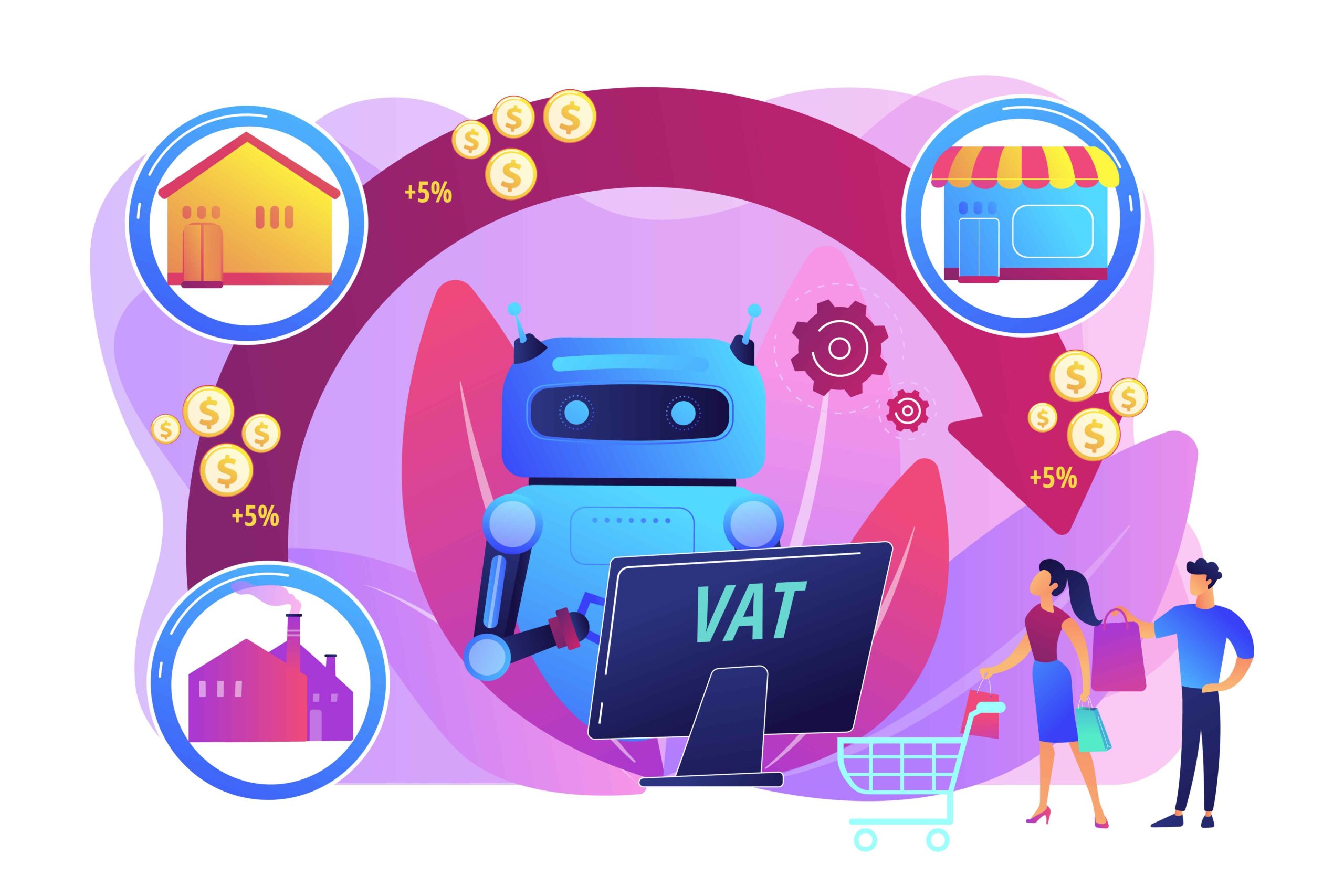Top 7 Best SaaS Monitoring Tools: for Uptime & Performance

Running a SaaS business means you can never go offline. Every second of downtime, latency, and error not only costs you millions of dollars but also causes irreversible damage to your company’s reputation and users’ trust. In today’s competitive digital environment, even a minute of slow performance can leave you behind. But have you ever wondered what the secret is behind the smooth operation of these applications?
The credit goes to SaaS Monitoring tools. As a look-out on the ship, these proactive cloud-based applications track everything from uptime to user experience and ensure your product never misses a beat. These tools are responsible for checking the health of your application and keeping you prepared for the upcoming challenges.
In this guide, we will walk you through the world of SaaS monitoring tools, their working, key features, and how you can choose the best tool for your startup. Let’s buckle down:
What are SaaS Monitoring Tools?
As the name suggests, SaaS monitoring tools monitor the health and performance of your cloud-hosted software applications and give you real-time insight by tracking uptime, response time, latency, resource usage, and error rates. These tools help you identify risks and resolve them before they affect your applications’ performance or your users notice them. They are the saviour of your reputation and money bank.
In modern times, these tools have become even more important because downtime of even a few minutes can erode customer trust, but these fine-tuned compasses act as a 24/7 health dashboard. These tools let you see through the whole environment of your application and help you maintain consistency in your services.
What They do for you:
- These tools foresee the rising problems and let you know before users identify them
- They help you instantly measure user experience.
- These tools help you understand what’s happening under the hood by analysing logs, APIs, and server data
- They help you maintain compliance and performance SLAs
Key Metrics Tracked by SaaS Monitoring Tools:
- Uptime:
It is the time period during which an application is operational and available to its users. This metric contributes a lot to customer retention, and the provider guarantees 99.99% availability to its users in the Service Level Agreement (SLA). Monitoring tools track uptime and minimize downtime.
- Response Time:
It is a KPI for user experience. It is the time your application takes to respond to a user request. The speed is directly proportional to the user experience; a faster speed leads to an enhanced user experience, and vice versa.
- Latency:
Latency can be defined as the delay in the round-trip from the user’s device to the application’s server and back. High latency is a negative indicator leading to slow response time. A rise in this metric shows unsatisfactory performance of an application, causing poor user experience.
- Error Rate:
This metric tells about the percentage of requests that have gone wrong on the application’s end in a specific time period. It can be calculated by:
(Number of failed requests / Total number of requests) * 100%
For example, if an application handles 5000 requests in the previous month and 200 of them fail, then the error rate is 4%. Every application aims for minimal error rates.
- Resource Usage:
It refers to your application’s occupation of underlying computing resources like CPU, memory, and disk space.
- User Activity:
This metric tracks user footprints across your applications, from login to logout. How users are interacting with your applications, which features are they exploring, data sharing, and performing tasks, to help you identify unused licenses.
SaaS monitoring tools continuously monitor your application’s performance by tracking all the above metrics and provide you with useful insights to improve your application’s performance, win users’ confidence, and stay ahead of errors and competitors.
Why SaaS Monitoring Matters?
1. User Experience = Revenue
User satisfaction is the ultimate goal of any SaaS product. In this competitive market, users have countless options, and they want everything to happen in the blink of an eye. If your application is slow, they will definitely switch to the next option. Your load time, response time, and latency, everything matters. Google survey suggests that 53% of users throw over applications that do not load within three seconds. How a user feels about your application defines your success or failure. Unhappy users cause a substantial blow to your profitability.
Real User Monitoring (RUM) tools address your pain point by providing real-time insight into user experience, leading to improved application performance and user experience.
2. Faster Problem Detection
SaaS Monitoring tools help you identify issues in the initial stages before they become worse and impact your application performance. Downtime not only kills your revenue growth but also users’ trust. If the issue reaches the user end, the situation becomes more complicated.
Research has reported that downtime brutally hurts revenue. CloudSecureTech reported that the average cost of downtime is $9000 per minute. However, BigPanda has reported far higher figures of $23,750 for large enterprises.
Monitoring tools not only notify you about the issue but also its root cause, ensuring your application’s availability and responsiveness.
3. Data-Driven Optimization
Manually identifying the bottlenecks and the application’s shortcomings feels like searching for a needle in a haystack. This process becomes effortless with the right monitoring tool. These tools let you know about your app’s performance under various conditions and pinpoint the areas of improvement. It collects and analyzes data and highlights the areas where your application is lagging, encouraging your team to take required actions.
4. Security & Compliance:
Although digitization has brought significant opportunities for us but it has also introduced complex challenges like cyber threats and data breaches. In SaaS, data security is considered sacred, and SaaS monitoring tools assist you in proactive risk management by tracking odd behaviour, illegal access attempts, and suspicious user activity.
With the flow of time, Regulatory frameworks are getting tightened around SaaS companies, and these tools help your company and its products remain compliant by abiding by regulatory standards like GDPR, HIPAA, and SOC2.
5. Better Scaling Decisions
Your scaling strategy cannot be effective without an appropriate SaaS monitoring tool. These tools let you see how your application is handling increased traffic, allowing you to make more informed decisions about whether you need to scale your infrastructure or not. It prevents bad user experience and saves you a million dollars because shooting in the dark can lead to under- or over-provisioning your infrastructure.
What Key features to look for in SaaS Monitoring Tools?
Every tool is unique in its own way, but while evaluating SaaS Monitoring platforms, one must look for features that provide control in addition to visibility in the application’s performance. Let’s have a quick look at the most important features, so we don’t bark up the wrong tree:
| Feature | Why It Matters |
| Real-User Monitoring (RUM) | Measures actual user interactions for true UX insights |
| API & Server Monitoring | Detects latency or response failures before they affect customers |
| Log Management | Collects and analyzes error logs for debugging |
| Custom Dashboards | Centralises performance metrics |
| Alert Management | Sends notifications via email, Slack, or SMS |
| Third-Party Service Monitoring | Tracks external SaaS integrations and vendor status |
| AI-Driven Insights | Identifies anomalies automatically for faster response |
| SaaS Usage Analytics Tool | Monitors feature adoption and engagement |
The needs vary depending on the size and nature of the business. For example, a startup does not need all the features, and you may just need monitoring for uptime, so it is very important to carefully consider the desired features while comparing the tools. It would help you make the best decision.
Best SaaS Monitoring Tools:
1. Datadog
It is one of the top performers in the industry in cloud monitoring due to its wide stack observability across metrics, logs, traces, and data logs. It gives you customizable dashboards in addition to continuously monitoring the well-being of your application.
Why choose Datadog?
It offers seamless integrations with third-party services like AWS, Google Cloud, etc, and simplifies the complex infrastructure for you. It provides visibility to the entire environment in one unified dashboard. It does not let anything go unnoticed, from databases to user behaviour.
2. New Relic
This SaaS monitoring tool offers unified, full-stack visibility of your SaaS application at a consumption-based price. It simplifies the complicated digital environments for you by tracking all important KPIs of your application and letting you know about its health and performance.
Why choose New Relic?
This platform focuses on application performance monitoring (APM) and is perfect for companies looking for in-depth metrics tracking. Moreover, its user-friendly interface is a bonus.
3. Pingdom
This platform is more availability-oriented. It keeps a close eye on whether your application is operational, functional, and running smoothly all the time. It is widely adopted for its uptime monitoring.
Why Choose Pingdom?
It is the best pick for companies whose primary concern is Uptime. Pingdom instantly notifies you if your application is at risk of downtime, saving you money and prestige.
4. Sentry
Just like its name, Sentry is the watchdog for unauthorized entry. It is known for error tracking and debugging. It is the most reliable tool that continuously monitors and instantly detects errors at both the backend and the frontend. It supports you in preplanning strategies to combat forthcoming challenges.
Why choose Sentry?
This SaaS monitoring tool is mandatory for developers who want to track applications’ health at the frontend as well as the backend. It encourages an anticipatory approach for error resolution.
5. AppDynamics
It is an application performance management (APM) platform designed for observing application performance, underlying infrastructure health, and user interaction with your application. It instantly detects issues in their embryonic stages before they come to the surface and also provides actionable insights.
Why choose AppDynamics?
AppDynamics can be the best companion for businesses that crave instant and multifaceted monitoring across their app. It not only identifies the risks but also provides actionable insights to address the flaws.
6. StatusGator:
This tool centres on third-party SaaS monitoring. It monitors and unifies the status pages of hundreds of cloud services into a single dashboard, where you can easily keep an eye on your entire application ecosystem. This tool is unmatchable if your product or application leans heavily on third-party services like Stripe, AWS, or Google Cloud.
Why Choose StatusGator?
It observes and notifies you about the health of your external services and minimizes disruptions and outages. It offers seamless integration into Slack or Teams, etc.
7. SaaS Alerts:
It is a cybersecurity platform designed for small and mid-sized SaaS companies in the domain of user behaviour and access monitoring. SaaS Alerts enhance security monitoring by leveraging Artificial Intelligence (AI) to instantly observe unauthorized logins and risky activities. It shields you against data breaches and protects sensitive data.
Why choose SaaS Alerts?
SaaS Alerts is ideal for growing SaaS firms that are committed to improving their security monitoring. Its security monitoring tools and automated threat detection make it an ideal and simple substitute for complex tools, providing enterprise-level solutions.
How to Choose the Best SaaS Monitoring Tool for Your Business
There is a sea of products and applications, but which one to pick? A blind pick cannot deliver what you desire. Here are a few suggestions to consider while opting for the best tool for your business.
Conclusion:
Running a SaaS business without SaaS monitoring tools is just like having a car with no brakes; it could crash at any moment. These tools assist you in proactive planning of uncertain and unpleasant scenarios. They are essential for monitoring the health of your application. They identify risks by tracking key metrics and highlighting the areas of improvement. Its SaaS performance analytics and observability tools ensure that your app always stays active, online, and ahead of threats.
FAQs:
Is SaaS monitoring and APM the same?
No, APM (Application Performance Monitoring) only centres on app performance, whereas SaaS monitoring observes the entire ecosystem, including cloud, APIs, and third-party services.
Is using open-source SaaS monitoring tools a good option?
Yes. Tools like Prometheus and Grafana deliver satisfactory and effective results.
Can I afford SaaS monitoring tools for my startup?
Yes, many SaaS monitoring tools deliver optimal results at affordable prices. They offer free tiers or low-cost plans starting under $20/month.
How does AI impact SaaS monitoring?
AI has revolutionised SaaS monitoring as well. It has sped up monitoring and enhanced accuracy by instantly detecting abnormalities in user behaviour, anticipating downtimes, and automating alerts.
Suggest a top and reliable SaaS monitoring tool for small businesses?
Well, it depends on your needs. However, Datadog and LogicMonitor offer excellent entry-level plans..
CTA:
Are you ready to lead the market? Pick the right SaaS monitoring tool now and take charge into your hands! Keep visiting Syncforge.



